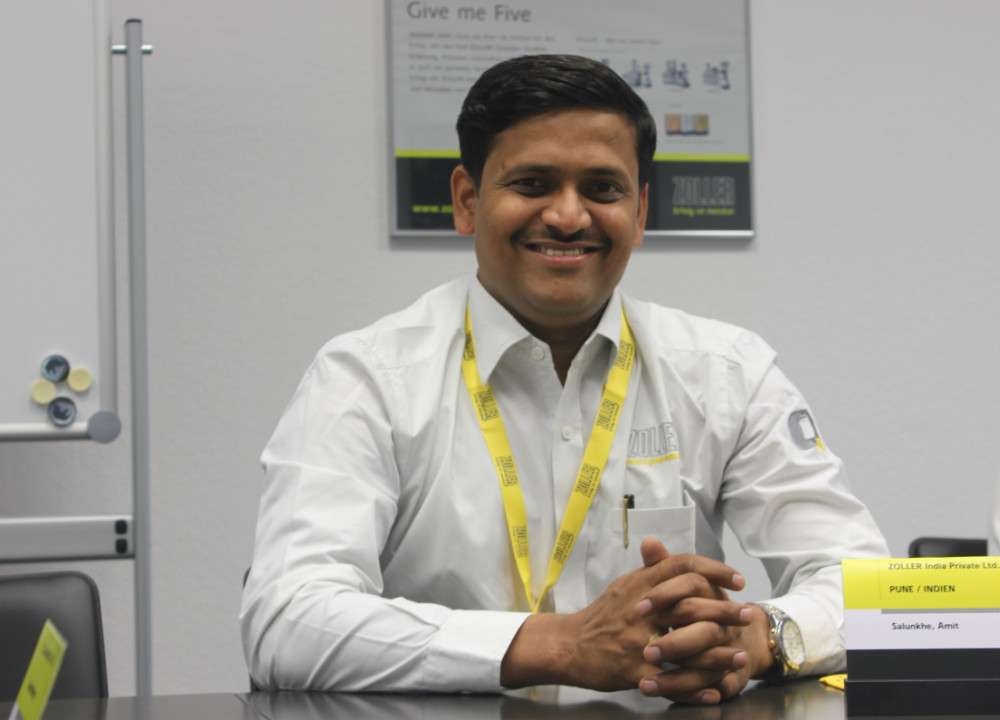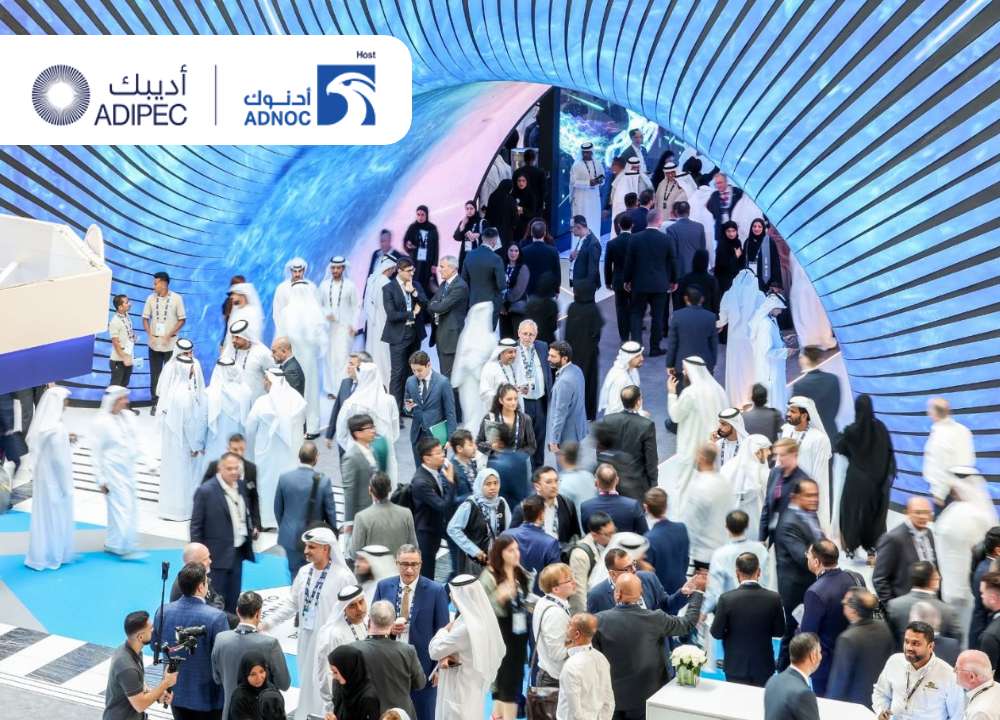On the eve of Summer solstice 2021, the Solar Energy Society of India (SESI), the apex body for solar energy in India, organised a virtual seminar titled ‘Evolution of Solar Business in India’. The seminar witnessed experts from the solar industry reviewing the past, present and future of solar business in India, the third-largest manufacturing country for solar in the world. Experts highlighted the importance of developing a robust domestic manufacturing and local supply chain network for catering to the huge demand.

With the mega plan floated by Prime Minister Narendra Modi in 2018 – “One Sun, One World, One Grid” or a trans-national electricity grid supplying solar power across the globe – the renewable sector, especially solar business in India is witnessing faster adoption in commercial as well as residential energy needs. Solar Energy Society of India, for the last four decades, has been taking constructive steps to build the renewable energy sector in the country through different programs in the state as well as at the national level.
In the seminar, experts from the solar sector in India deliberated upon the future of the solar sector in the country. In his opening remark of the opening session Prafulla Pathak, President of SESI said that SESI is aspiring to fascinate the common people with the practical application of solar energy in various industrial sectors. “Indian solar energy sector has come through a long journey from kW to MW over the last couple of decades. The latest technological development in the energy storage, as well as electric vehicle segments, will make solar and renewable energy relevant in the coming days”, said Mr Pathak.

Ajay Prakash Shrivastava, the former President of SESI and President of Maharishi Solar said, “The future of solar business is very bright considering the requirement of huge energy storage systems, efficiency and size of solar cells.” “Indian Government is positively hearing out the need of solar manufacturers, which will also help domestic manufacturing”, he added. Concluding the opening session Abhilakh Singh, Treasurer of Solar Energy Society of India informed that the emphasis on the development of alternative sources of energy started after the oil crisis of the seventies and it forced world leaders to stress upon the development of alternative sources to overcome depleting fossil fuels, reduction of greenhouse effects and to protect further depletion of the ozone layer.

The expert panel discussion was moderated by Yuvaraj Dinesh Babu Nithyanandam Executive Director, Ernst & Young. He mentioned that the call by Honourable Prime Minister Narendra Modi, “One Sun, One World, One Grid” was welcomed by global leaders, a concept where Sun never sets. “This seminar is timely organised, and symbolic”, added Mr Dinesh Babu. V S Verma, a life member of SESI and former member of the Central Electricity Regulatory Commission opined that SESI should take initiatives to give research topics to academic institutions. “Government of India is taking steps to increase the usage of renewable energy. The viability of DISCOMs using solar power is still debatable. With cross-subsidies, industries cannot adopt rooftop solar, which needs to be addressed in priority. Energy transition should be achieved gradually and sustainably, Mr Verma said.
Citing the example of Rewa Ultra Mega Solar which is supplying to Delhi Metro and is the only project supplying solar solution to an institutional customer, Manu Srivastava IAS, Principal Secretary of Madhya Pradesh highlighted the need to facilitate more institutional customers to consume renewable energy rather than forcing often unwilling DISCOMs. “This would open up a new market. We should set up projects where risk & uncertainties are mitigated. This would attract investment with lower expectations of return, as also enable debt with lower interest rates. This would help us achieve lower solar tariffs. This would also encourage more participation in our RE projects”, added Mr Srivastava.
Manu Srivastava appealed that India should share its learnings in setting up solar projects with other countries. This would help spread India’s soft power. International Solar Alliance can play a major role. “If projects are well-structured & viable, money would flow to such projects. Then there is no great need for green banks since RE is now mainstreamed and normal banks understand RE projects”, concluded Mr Srivastava.

Dr Arun K Tripathy, Director General of National Institute of Solar Energy threw light on the initiatives undertaken by the body to skill many in the field of solar energy. “With the support of the Government, there is a great opportunity to build domestic manufacturing of solar industry, and the industry should take constructive steps. Electric Vehicles, rooftop solar, solar water heaters, water distribution system in remote villages can drive solar industry in India”, said Dr Tripathy. He congratulated Madhya Pradesh Government for the Maruchi Project, and for the first time, DISCOM came forward to install the 10 MW rooftop solar.
Dr Dilawar Singh, President, International Business Council of Australia under whose guidance and supervision the first Solar Microgrid Plant was installed at Village Kalyanpura, in 1987 near Anand in Gujarat, shared his experience about the ambitious projects. “A 2 kW Solar Plant with Battery backup, the Microgrid Plant energized 108 Street Lights and 30 households as I remember now”, Dr Singh said. He voiced his support for the promotion of another source of renewable energy hydrogen as an emerging technology.

Energy Storage was always cost-effective but it was not used rightly, felt Dr Rahul Walawalkar, President and Managing Director of Customised Energy Solutions India as well as the President of India Energy Storage Alliance. If energy storage can be added from the project design stage many problems arising in the solar projects can be avoided, highlighted Dr Walawalkar. “The policy for solar industry should be for a long-term basis. The supply chain management of our country still needs to improve. Still, we are dependent on China, and after the pandemic, the transit time and cost are increased. The silicon price has increased from USD 10 to USD 30 because of the huge demand. So, with the right policies, solar manufacturers can get a big boost in the country,” said Sudhir Agarwal, Director of Patanjali Renewable Energy.

Dr Basudev Prasad, Former Additional General Manager of Bharat Heavy Electricals Limited shared his experience in establishing an Amorphous Silicon Solar cell Plant on behalf of MNRE (then DNES) on a turn-key basis under the 7th five-year plan of GOI. Rajesh Kumar Jain, former AGM of Solar Energy Corporation of India Limited, recalled in the panel discussion India’s glorious history in solar manufacturing. “India developed own solar cells in 1976, own solar module 1978, and in 1980 we were able to establish our manufacturing facility of 2MW capacity. After 1992 the Indian economy opened up, the private industries entered solar manufacturing. We are the third-largest country in the world in solar manufacturing.”

Praveen Kumar Sood, Vice President of SESI urged all the stakeholders in the solar sector to be proactive. “We should focus on a market-driven business strategy for solar rather than looking at government policies. We need to learn from China how Government, Academia, Research & Development institutions and Industry along with financial institutions work harmoniously for the development of the solar sector”, he said.
The event concluded with the vote of thanks delivered by Dr Ashish Malik, Secretary-General of SESI. The virtual seminar can be viewed over the YouTube channel of the Solar Energy Society of India. Machine Maker and Solar My Passion was the Media Partner for the virtual seminar. Summer Solstice is symbolically a very significant day for the renewable energy sector as across the globe we get maximum sunlight, the prime source of solar energy which is now emerging as a major power source. Summer Solstice in the Northern Hemisphere will be at 9:01 am on Monday, 21st June 2021.







